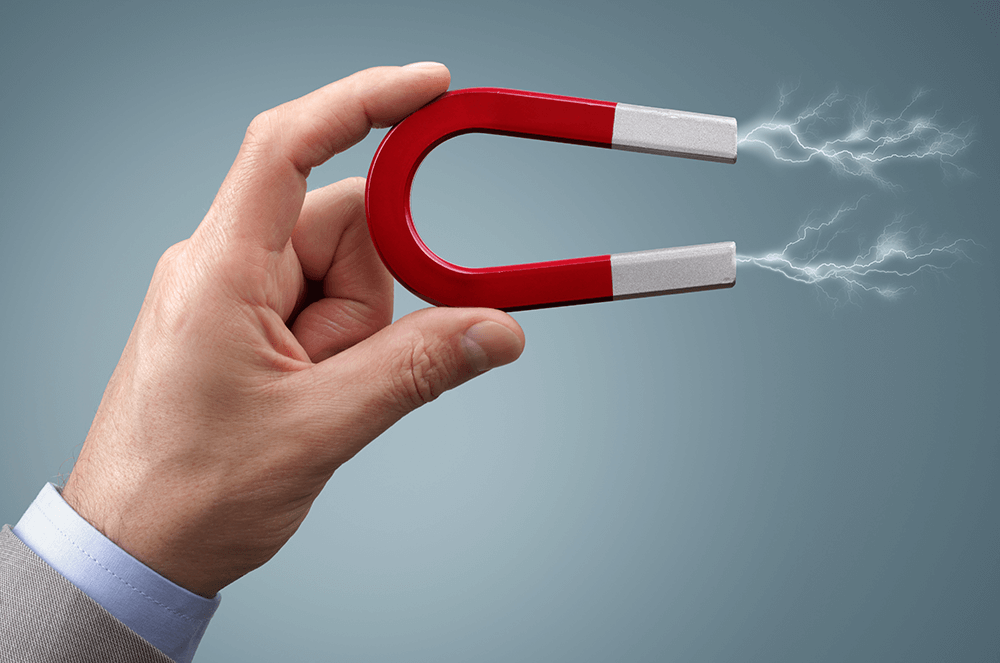
As a speaker, it’s always your job to successfully convey the point of your speech. It’s not your audience’s job to draw that conclusion on their own, much less remember it throughout your presentation.
One of the most effective ways to emphasize your point has to do with where you place it in your speech. Because the beginning and end of your speech are often the most remembered parts, state your point clearly at the start of your talk, reinforce it often, and end with it clearly and decisively, like a gymnast sticking a landing. Don’t worry about stating your point too often. No one has ever left a presentation thinking, Felicia’s speech was awesome—except that she made her point too many times.
But even if your point is placed in the smartest strategic position and hit with extra volume, energy, gestures, and eye contact, it may still be missed if someone in the audience is not paying attention or thinking about another part of your presentation.
That’s when you bring out one of your most potent presentation tools: the attention magnet.
Attention magnets are short, often generic phrases to signal the audience that something important is about to be shared. It’s the verbal equivalent of a neon sign (with blinking arrow).
Here are eight of my favorites:
1 Here's the thing
Example: “We’ve covered several topics today, but here’s the thing. … ”
2 To be clear
Example: “To be clear, our proposal won’t solve all of our problems, only the most critical ones.”
3 My point is this
Example: “I recognize that there’s a lot to consider before we move forward, but my point is this. …”
4 Rest assured
Example: “Rest assured we will overcome this challenge.” (This magnet is especially valuable for leaders speaking to their teams during a crisis.)
5 If you take away one idea
Example: “If you take away one idea from this presentation, it’s that we must take this action now.”
6 Here’s what I recommend/propose/suggest
Example: “To take advantage of this rare opportunity, here’s what I … ” (This magnet is particularly useful for leaders, who should be making points/and recommendations, not just sharing information.)
7 Here’s why it matters
Example: “This phenomenon has broad implications for our society, but here’s why it matters to us … ” (This magnet is especially important after sharing data.)
8 Here’s what I can say
Example: “We’ve spent a lot of time researching this opportunity, and here’s what I can say …”
Here are a few tips about attention magnets, and how they act as signaling statements.
- Signaling statements are powerful, but if you overuse them, their strength will wane. Reserve that engagement firepower for your most important lines and points.
- Don’t confuse attention magnets with attention grabbers (or attention getters). The sole purpose of an attention grabber is to capture attention, so it could be a joke, a scream, a sound effect, or a shocking story. Attention magnets, on the other hand, grab attention but then direct it to your point. They serve your primary purpose as a speaker—drawing attention not simply to you, but to your key takeaway.
- A golden rule in public speaking is to be authentic, which means never saying anything that wouldn’t ordinarily come from your mouth, including signaling statements. Say each one out loud and pick the ones that feel most natural to your style and vocabulary.
- Insert a short pause immediately after using your attention magnet. Your audience needs that time to process the magnet and then commit their attention.
There are many more examples of signaling statements. Some are generic, others very specific—but all attention magnets share a single purpose: drawing instant audience attention to the most important piece of content: your point. Considering that benefit, attention magnets can be among the most powerful tools in your speechmaking toolbox.
Joel Schwartzberg is a presentation coach, executive communication specialist, and author of The Language of Leadership: How to Engage and Inspire Your Team and Get to the Point! Sharpen, Simplify, and Sell Your Message. Follow him on LinkedIn.



 Previous
Previous

 Previous Article
Previous Article

